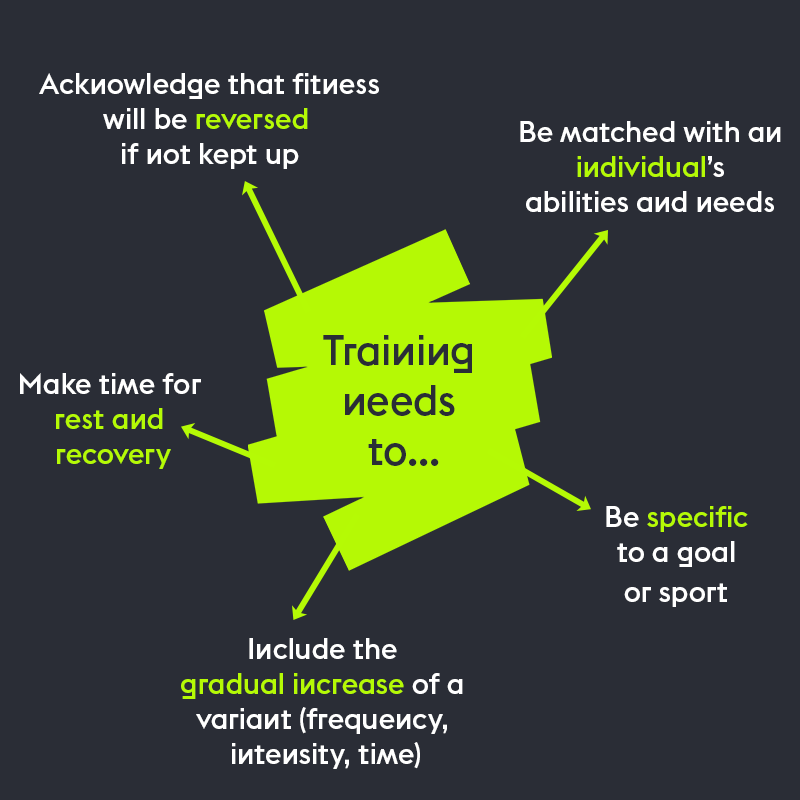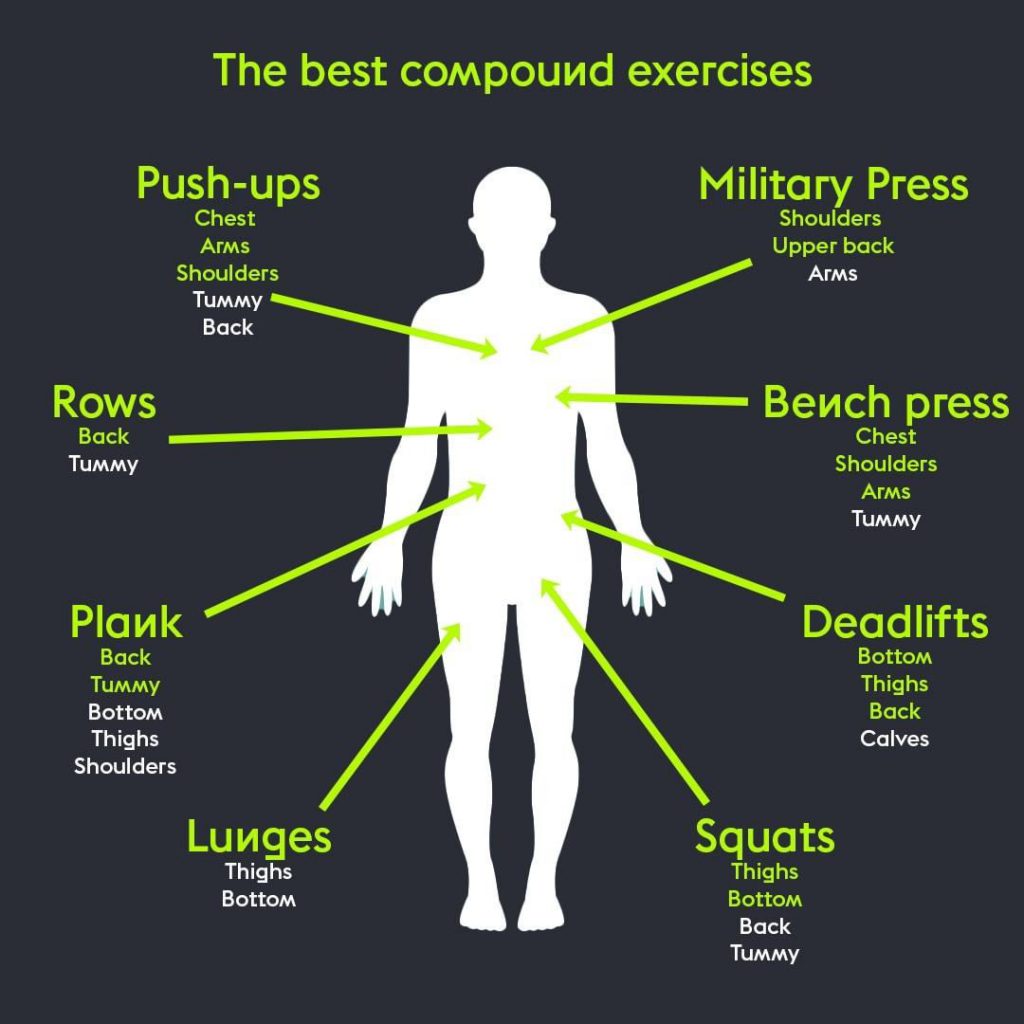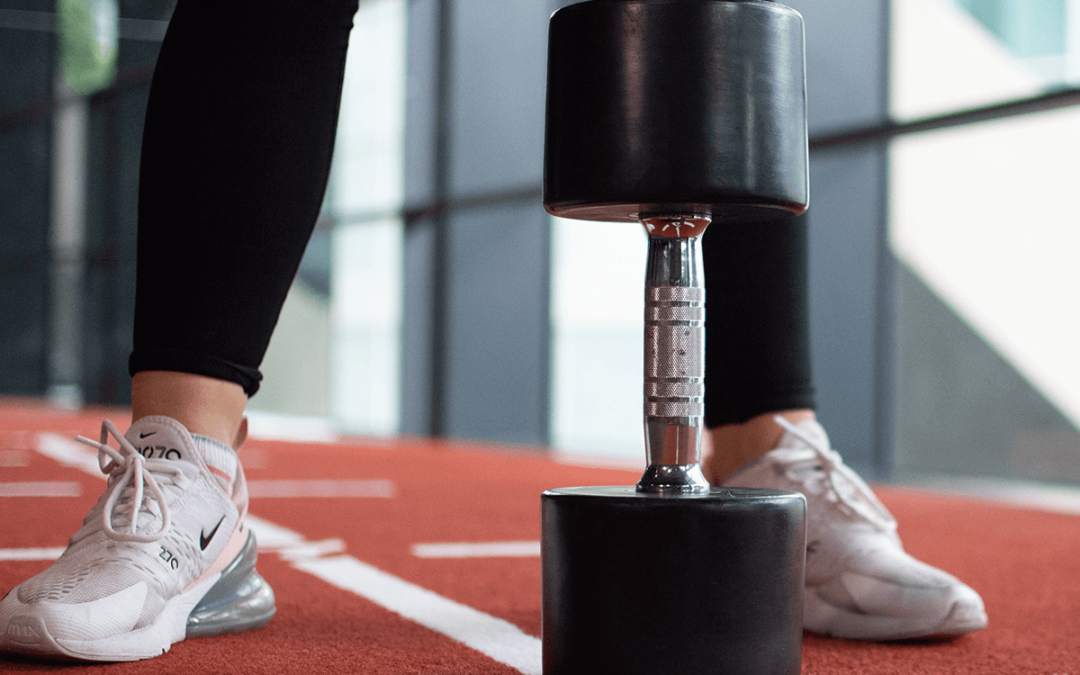Establishing a fitness routine can take a lot of effort. Cluing up on exercises to do and workout structures to take can require a fair bit of time that not all of us have. It’s the reason why lots of people opt for exercise classes. Or get a PT to take the hassle out.
Once we have a workout that we like and exercises that are our favourites, it’s difficult to motivate ourselves to stray from it. It’s easy to fall into a weekly pattern of the same rotation of workouts — various tweaks on the same routine. Or sometimes, just the exact same routine over and over again.
We’re all time-poor. And tired from the everyday demands of life. Being inventive and researching workout routines is not something we’re always able to do. Or willing to do, for that matter.
So, is it okay to do the same workout every day?
What happens to your body when you exercise?
It may seem a bit off-topic, but understanding what happens to your body when you exercise is the key to understanding the impact of doing the same workout every day.
Regular exercise leads to multiple adaptations within the body. It depends on what type of exercise you’re doing as to which adaptations happen. Adaptations are changes in the body in response to exercise and occur over the long term, not instantly.
Exercise is a form of stress for the body. And the body is very good at adapting to stress. It makes changes to cope with that stress better the next time it happens.
When you run or cycle often, your heart, blood chemistry, and lungs all undergo changes to help you cope with the exercise. When you resistance train, your nervous system, muscles, and glycogen stores all undergo changes to help you cope too.
These changes only happen in response to the demand. No demand, no change.
Should you exercise every day?
This is the first part of the initial question. Doing the same workout every day is one thing. But working out every day, in general, is another.
The answer to this question depends on the type and intensity of exercise that you’re doing. As a rule, especially for resistance training, rest and recovery days are just as important as the workout itself. It’s during these periods that your muscles repair and recover from the exercise-induced damage you’ve done to them. That’s how they get bigger and stronger. Skipping out on this part can lead to injury and stunt your progress.
However, your body can recover a lot quicker from cardiovascular activity, especially the low impact type. That’s why lots of people take active rest days, which might include a long walk or a swim on the days they don’t weight train.
The answer to whether you should work out or not depends on how your body feels. It’s pretty intuitive. It tells us what it needs and doesn’t need. If you’re feeling sore and tired, take a break.
Should you do the same workout each time?
A complex question requires a complex answer. We’re going to have to do a little bit of digging here. Let’s break it down a little bit.
Should you do the same type of exercise each time?
If by the same workout, you mean the same type of exercise like running or weightlifting, then there’s no harm in this. You’ll just be developing one type of overall physical fitness.
For example, a runner might run and run only. That person will be developing their cardiovascular fitness but probably won’t be developing their muscular strength, endurance, or flexibility. It’s recommended to work on these other elements of fitness, even if your focus is running. That’s because to cope with the impact running can have on our joints, it’s essential to strengthen our muscles. If you want to go further, you’ll need to improve their endurance too. And to keep them in good health, you’ll want to work on your flexibility and mobility.
Another person might only be into their HIIT workouts. Never lifting too heavy, but definitely testing their cardiovascular fitness and tending to their muscles too with low weight but high rep exercise. HIIT is a brilliant way to keep fit. But you might be missing out on some of the benefits that strength training, in particular, can bring.
A third person might be wedded to the bench press. Only lifting heavy weights and never getting their heart rate up. Again, although there’s no real detriment to this, this person won’t be feeling the benefit of increased cardiovascular fitness.
So, if one type of exercise suits you best, feel free to focus on it. But there’s always a benefit to developing well-rounded physical fitness by varying the types of sport and exercise you get involved with.
Should you do the exact same workout routine(s) every time?
If you have a routine or two that you enjoy, it’s hard to be persuaded to mix it up. You know exactly what you’re doing and exactly how long it’s going to take. We’re all creatures of habit.
When you do it regularly, you’ll start to notice that this routine becomes easier than it was the first time. Your body has made those all-important adaptations and changes that it needed to cope with the stress you’re putting it under. After a while, it doesn’t need to make any more changes. You aren’t testing yourself anymore. At this point, progress and development will plateau. You won’t be getting any stronger, faster, or fitter.
To keep moving along your fitness journey, something needs to change. You need to increase the time you do something for. Or decrease the time you do it in. You need to add more weight. Or more reps. Or sets. The intensity of the exercise needs to increase to continue progressing.

What about the exercises themselves, can you keep them the same?
The thing about major compound exercises is that they’re really effective. Compound exercises involve more than one joint movement and therefore engage more than one muscle group. They recruit multiple groups to perform and stabilise the exercise. Essentially, you’re getting more bang for your buck.
If your workout routine is centred around major lifts that you use for full body or upper/lower development, then keeping them at the heart of your training is good. You won’t get to the point where a squat is no longer an effective exercise. Just keep altering the intensity so that your progress continues too.
However, on a mental level, adding variety to your workout routine is a good idea. It keeps it fresh and helps you to stay motivated. Don’t forget, the novelty of a HIIT or circuit training class is that it’s a bit different each time. Imagine if it wasn’t. There would be zero motivation to get out of bed and go.
Equally as importantly, trying out new exercise variations also allows you to work in different movement patterns and shift the focus onto different muscle fibres to develop well-rounded strength in each muscle group.

Tips to keeping your workout routine varied
Okay, so it’s a good idea to mix it up a bit. But that’s easier said than done. Let’s put it into practice:
Dedicate one day a week to something else
If you’re a lover of one particular type of exercise, test yourself by changing it on one day of the week. If you have never run before, go for a jog. If you usually steer clear of the weights section, pick up some dumbbells. You can still focus and progress in your preferred fitness area, but complement this with a weekly session of something else.
Try out variations
There are some super simple go-to exercise which might make up the majority of your routine. And so they should. Squats, lunges, deadlifts, push-ups, rows and overhead presses are fantastic compound exercises that can see you develop well-rounded fitness. But when you get bored of them, take them and add a variation. Try the deficit deadlift. A squat and press. A push up to renegade row. There’s an endless list of tweaks and modifications you can make to make them more full-body, more effective, or more difficult. Explore our list of 90 variations of your favourite exercises to get inspired.
Segment your body parts
For some people, this is second nature. Chest and back day. Arms and shoulders day. Legs and core day. A different day means a different body focus. For others, this is a bit alien. If you’re not ready to get granular with it, that’s okay. You also might not have that many days you’re willing to spend in the gym. Try just segmenting your upper and your lower body strength training days. Then add a HIIT session or a cardio session in, too, if you can. By doing this, you’ll be able to focus a bit better without running out of time. You might explore equipment and exercises you didn’t know about before.
Go to different gyms
If only there was a way to visit lots of different gyms with different types of equipment with one flexible pass. Oh wait, there is. With Hussle, you can explore the gyms in your area. And other areas. And find out what else there is on offer: a pool, spa, bigger gym floor, more machinery, classes. A great way to ensure variety in your routine is to break it and go and explore somewhere you haven’t been before.
So, if in doubt, mix it about. Variety never hurt. It’s the spice of life after all.



